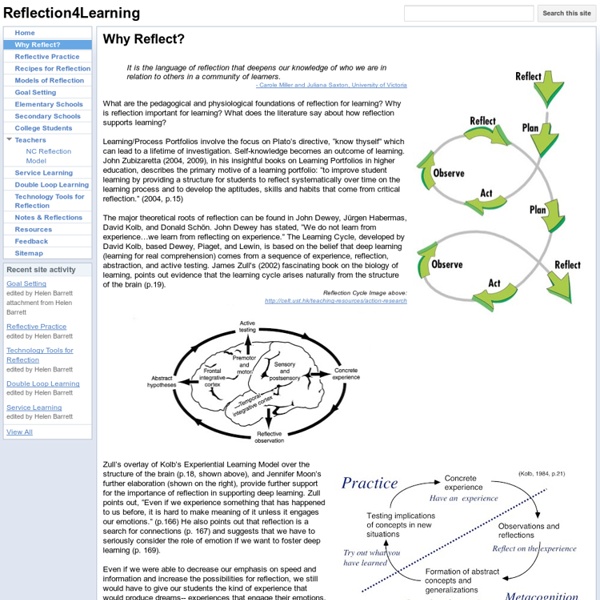Reflexivity: A Concept and its Meanings for Practitioners Working with Children and Families | Critical Social Work - University of Windsor
By Heather D’Cruz, B.S.W., M.S.W., Ph.D. Senior Lecturer in Social Work School of Health and Social Development, Deakin University, Waterfront campus Geelong, Victoria, Australia Philip Gillingham, B.A. (Hons), M.S.W., CQSW Lecturer in Social Work School of Health and Social Development, Deakin University, Waterfront campus Geelong, Victoria, Australia Sebastien Melendez, B.S.W. Abstract Reflexivity is a concept that is increasingly gaining currency in professional practice literature, particularly in relation to working with uncertainty and as an important feature of professional discretion and ethical practice. Introduction Reflexivity is a concept that is increasingly gaining currency in professional practice literature, particularly in relation to working with uncertainty (Parton & O’Byrne, 2000a; 2000b) and as an important feature of professional discretion and ethical practice (Fook 1996, 1999; Taylor & White, 2000). Exploring an expanded practice repertoire: a summary of the research
Le pôle « Psychologie et sciences de l'éducation » | Faculté des Arts, Lettres, Langues, Sciences humaines
Présentation Le pôle « psychologie, sciences de l’éducation » est présente sur quatre sites d'Aix-Marseille Université (Schuman, Saint-Charles, Lambesc et l’Arc de Meyran). Il regroupe cinq départements (sciences de l’éducation, psychologie clinique, psychologie cognitive et expérimentale, psychologie développementale et différentielle, psychologie sociale) et six laboratoires ou équipes de recherche (centre de recherche en psychologie de la connaisssance, du langage et des émotions, laboratoire de psychologie cognitive – CNRS, laboratoire de psychologie sociale, laboratoire de psychopathologie clinique; language et subjectivité, équipe de psycholinguistique du laboratoire parole et langage – CNRS, laboratoire apprentissage, didactique, évaluation et formation). Chaque année il accueille plus de 3500 étudiants (2500 en psychologie et un millier en science de l’éducation). Le pôle est géré par un conseil de 32 membres dont 8 représentants des étudiants. Informations
Edunators - Helping Teachers Overcome Obstacles and Focus on Learning - The Importance of Reflection in Education
Details Written by Mark Clements If I touch a hot stove and burn my hand, I immediately learn that touching a hot stove results in a burned hand. My brain makes the connection almost simultaneously. Similarly, suppose I’m driving in bad weather and going WAY TOO FAST for the conditions. Academic learning however is seldom that obvious. Let’s pretend I’m a fourth grade student, distracted by everything from cafeteria food to the playground outside my classroom window. More than likely, since I’m not sure exactly WHY I failed a test, the only connection my brain makes is “Math = F”. This is precisely why reflection is so important. Consider John Dewey’s famous quote “We don’t learn from experience. If the goal is not merely coverage but actual learning, than reflection is no longer optional – it’s an essential piece to transition a classroom from “covering material” to being “focused on learning”. For some silly reason it’s not cool to talk about “reflecting”.



